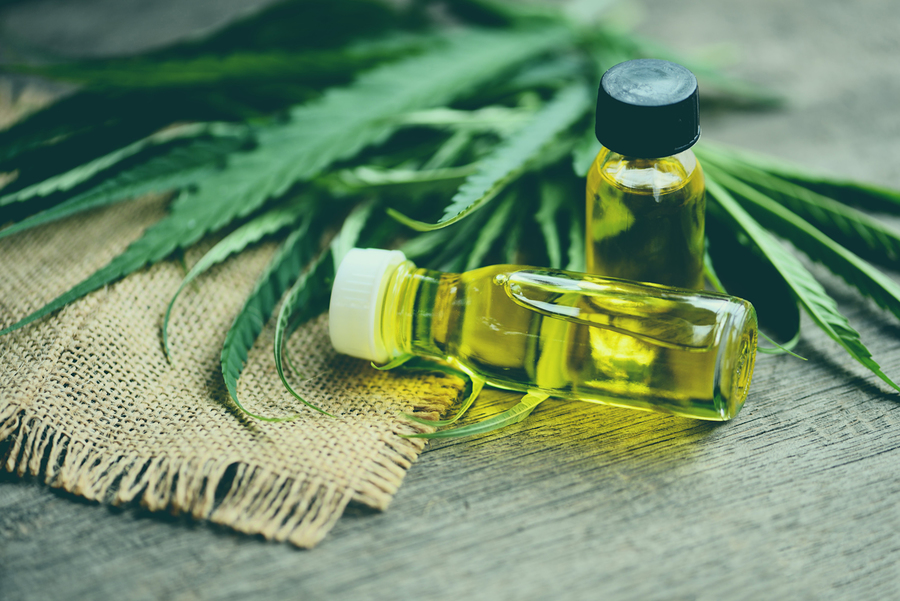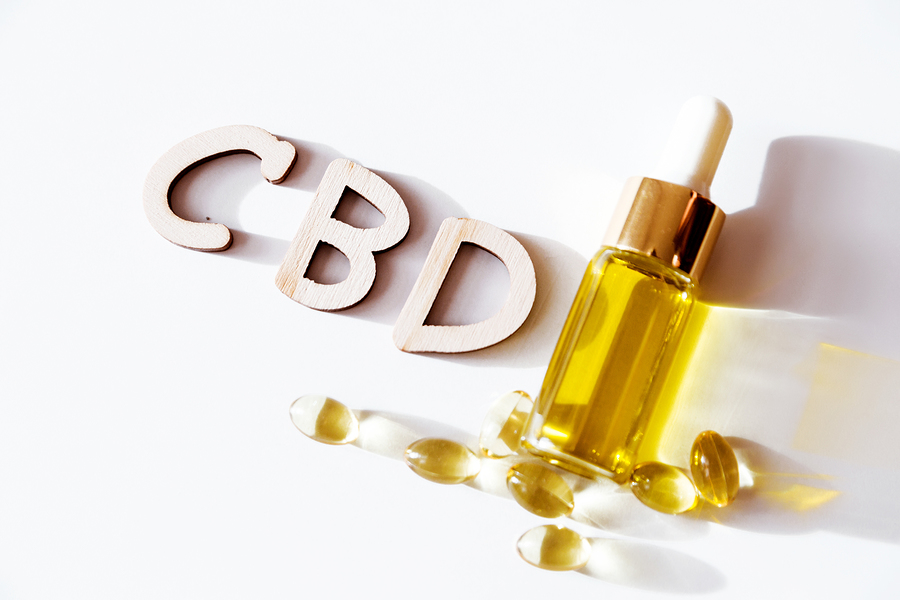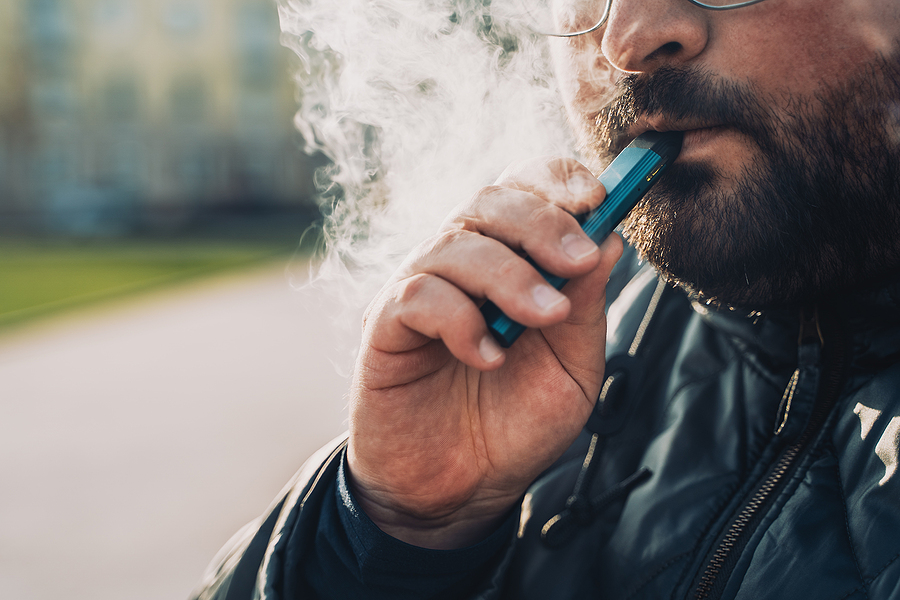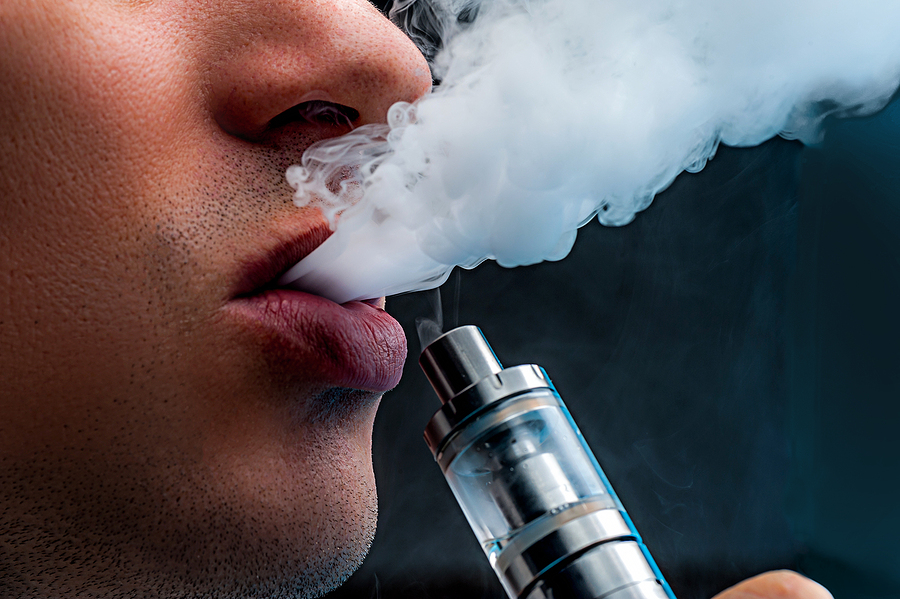CBD is currently the hot topic of the beauty industry and only seems to be heading one way – up! This explosion in popularity has led to an impressive rate of diversification amongst delivery methods.
This accelerated innovation has meant that a galaxy of pioneering products have entered the market in recent years. While initially users were largely restricted to CBD oils in tincture form, they can now choose between sublingual wafers, transdermal patches and oral sprays, to name but a few.
This article, however, will focus on vaping CBD. This, of course, raises many questions of its own which we will seek to answer in this article.
What is CBD?
Table of Contents
CBD is one of the two most dominant active compounds found within the cannabis plant. The other is THC.
CBD is a non-psychoactive compound, unlike THC. Ultimately, this means that CBD does not cause the ‘high’ often depicted by cannabis use in popular culture. On the contrary, there is growing evidence that CBD actually counteracts the psychoactive properties of THC.
2018 was the watershed moment for the CBD industry, as the World Health Organization (WHO) stated that “no evidence of public health related problems” attributed to CBD.
There are three major types of CBD that are defined by the process used to extract them. These are as follows:
- Full-spectrum CBD – Full spectrum CBD contains a multitude of componentst that make up the cannabis plant. This includes cannabinoids, terpenes and flavonoids as well as trace amounts of THC. Within the UK, the legal THC limit is 0.2%.
- CBD Isolate – Isolate is the purest form of CBD currently available and usually comes as a powder. It is removed of all other cannabinoids, flavonoids and terpenes as well as THC.
- Broad-spectrum CBD – Broad spectrum is the middle ground between isolate and full-spectrum CBD. The only difference between broad-spectrum and full-spectrum is that the former does not contain THC.
What is CBD vape oil?
CBD vape oil, also known as CBD vape juice or CBD e liquid, is simply a vape product which contains CBD. These are designed to be inhaled through a compatible vaping device, such as a CBD vape pen. They often come in a wide range of flavours, from raspberry to chocolate.
The formulations behind CBD vape oils can also vary a great degree. For example, some may be specifically manufactured in order to promote a healthy night of sleep, whereas others may be designed to provide effective pain relief.
CBD vape oil does not actually contain any oil, so that name can at times be misleading. Typically, it is made using food grade ingredients so that it is safe for oral consumption. You should always seek an independent lab report when buying any CBD product, but particularly e liquid. If the ingredients contain anything other than propylene glycol, vegetable glycerine, CBD extract, terpenes or cannabinoids then caution should be taken.
How much CBD should I vape?
Unfortunately, there is no blanket answer to such a question, as is the case with all CBD products. There is a wide variety of individual factors that dictate what the correct dosage would be for any given individual. These include, the weight of the user, their metabolism, their tolerance, their lifestyle etc.
Generally speaking, a 100mg CBD vape cartridge will deliver approximately 1-2mg of CBD per draw. This is, of course, dependent on the device and strength of CBD vape oil.
In terms of finding the optimum dose for you, the best approach is to start low and work your way up. Start by taking 4-5 draws (8-10mg CBD) and wait about 4-6 hours until your next dose. Then gradually take 2-3 draws more each time and work your way up to a dosage that both feels comfortable and provides the desired effect. It is important to track how you are feeling after each dose in order to work out the best amount for you.
For context, the average CBD user will consume between 15-30mg per day. That said, for those dealing with chronic pain conditions, some users can take anything up to 1000mg per day.
Will CBD vape oil make me high?
This is one of the most common misconceptions that exists around CBD, particularly in the UK. The years of popular culture depicting stoners ravaging through bags of crisps as their red eyes struggle to stay open has caused a stigma that will take some time to shake.
As mentioned already in this article CBD vape oil (and all other legal CBD products for that matter) is non-psychoactive, meaning is does not get the user high.
In the UK, the legal THC limit in any CBD product is 0.2% (which has no psychoactive effect), so it is crucial to always seek an independent third-party lab report to ensure that what you are buying is not illegal. There are also a number of widely available THC-free CBD vape oils if you are indeed concerned about a drug test.
What does CBD vape oil do?
One of the most commonly asked questions around CBD and CBD vape oil specifically is ‘what exactly does is do?’. In order to explain what CBD vape oil does, it is important to be aware of the human endocannabinoid system (ECS).
The endocannabinoid system regulates homeostasis within the human body and is essentially a cell-signalling system. The ECS regulates sleep, immune function, responses to pain and memory among many other facets of the human body.
The simplest way to explain the ECS and its interaction with cannabinoids, is the lock and key theory. Basically, the receptors of the ECS can be regarded as a lock, which can be opened by cannabinoids – the keys.
Cannabinoids are actually produced naturally by the human body, but can also be supplemented. This is where CBD vape oil comes in. In simplistic terms, CBD provides a boost to the endocannabinoid system in order to help us maintain a healthier and happier body.
What are the side effects of CBD vape oil?
Medical research into the side effects of CBD still has some way to go. That said, anecdotal evidence suggests that CBD side effects are, at worst, benign.
The most common side effect associated with CBD is mild drowsiness and is typically brought about by an excessive dosage for first-time users. That said, due to the fact that CBD interacts with your endocannabinoid system, side effects can often take hold across the whole body, rather than in just one area.
In the interest of perspective, these side effects are rarely severe and pale in comparison to those experienced as a result of more traditional medicine. Furthermore, they are unlikely to last a very long time. The most common side effects associated with CBD are:
- Fatigue
- Diarrhoea
- Appetite change
- Nausea
Conclusion
Hopefully this article has covered all the questions that you may have around CBD vape oil. It is a terrific entry-level product for first time users as the dosage is far easier to manage than with many other delivery methods.
The impact of the CBD also takes effect far quicker than other products, which is another boon to this particular delivery method.
There are of course a huge range of CBD products now available, so it is important to try out a variety and find the one that’s best for you.
Finally, always make sure that you seek out an independent third-party lab report when purchasing any CBD lab report. Any self-respecting retailer will have these available. This ensures that not only are you receiving a high quality product, but also one that is safe and absent of any harmful additives such as pesticides or heavy metals.
Image Source: BigStockPhoto.com (Licensed)
Site Disclaimer
Marijuana is a Controlled Substance under the Controlled Substance Act (21 U.S.C. 802) (“CSA”) and the cultivation, distribution, and possession of marijuana is a crime under federal law. Keep all marijuana and marijuana products out of reach of children and animals. Intoxicating effects of marijuana and marijuana products may be delayed. Use of marijuana while pregnant or breastfeeding may be harmful. Consumption of marijuana and marijuana products impairs your ability to drive and operate machinery, please use extreme caution
Related Categories: CBD, Reviews







